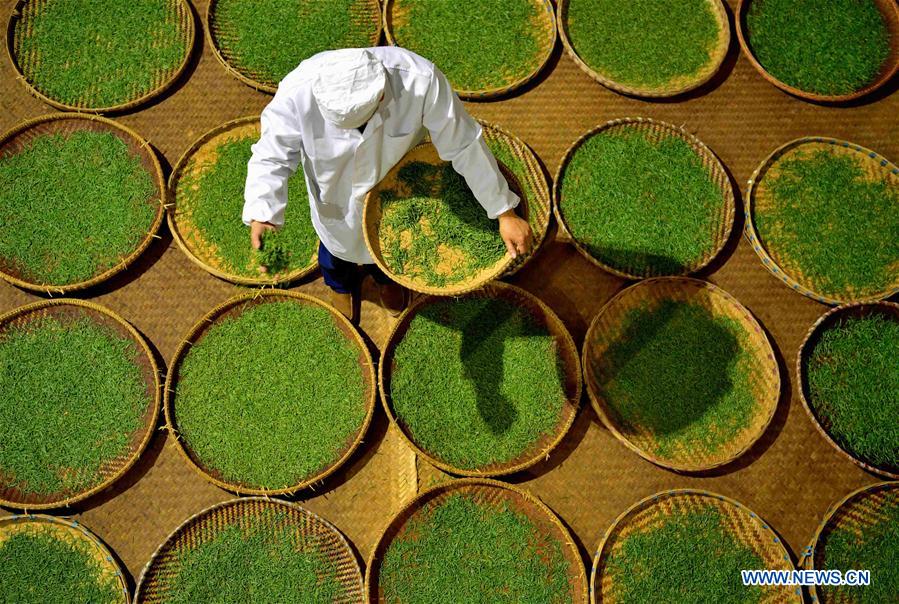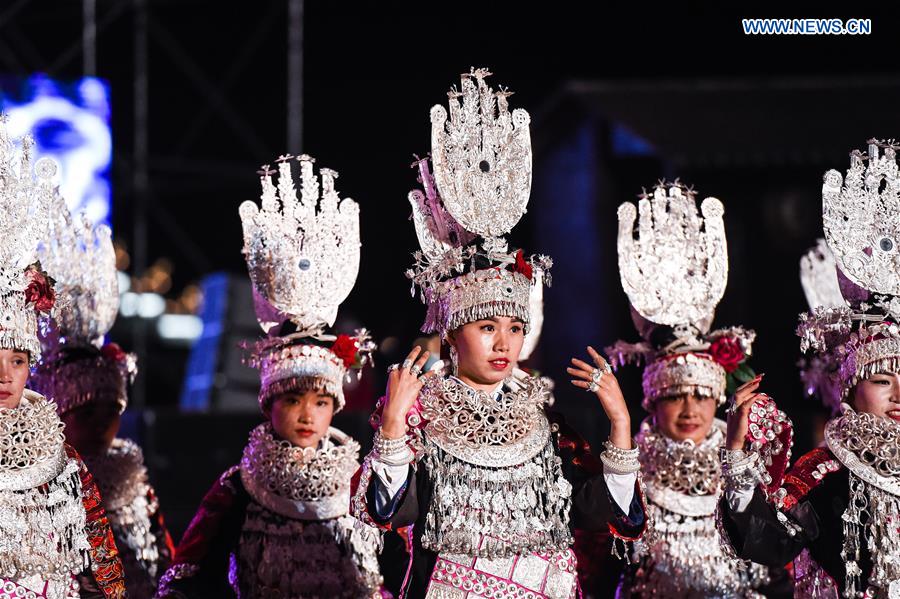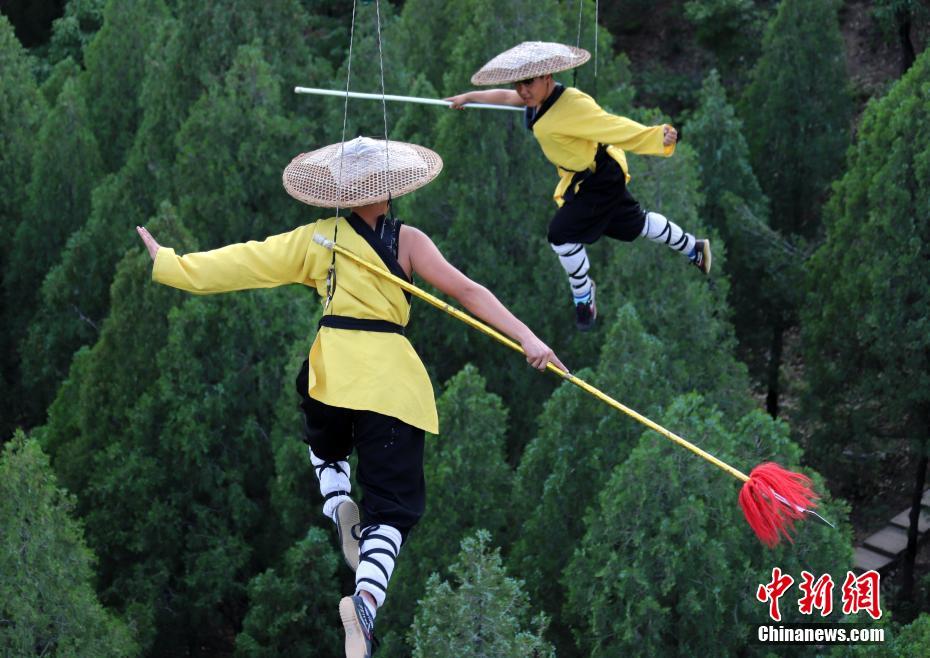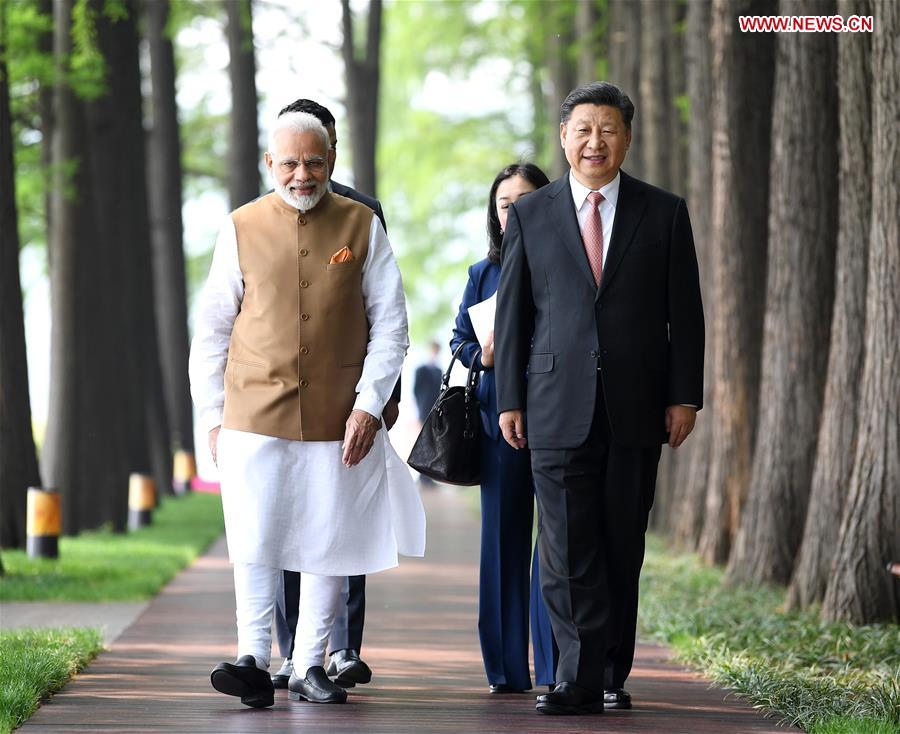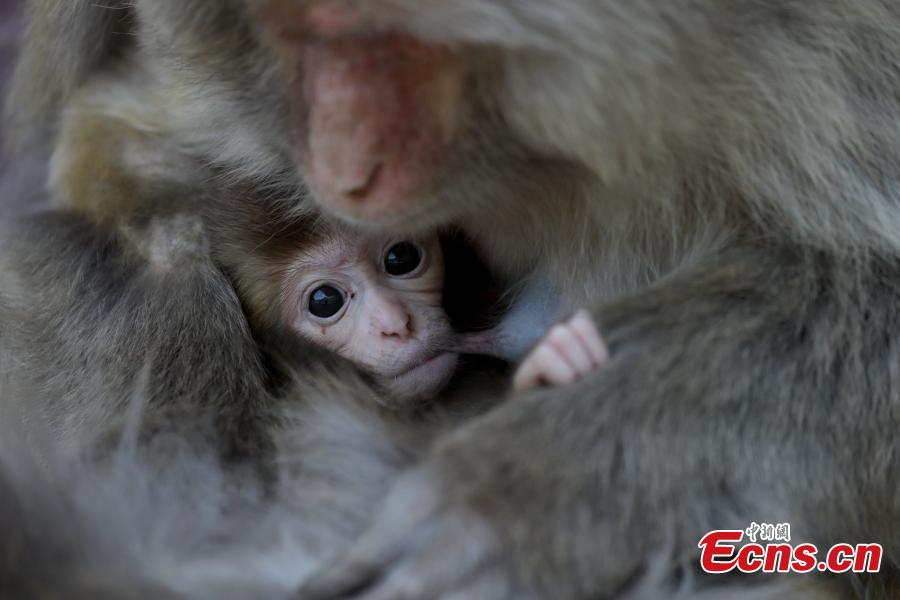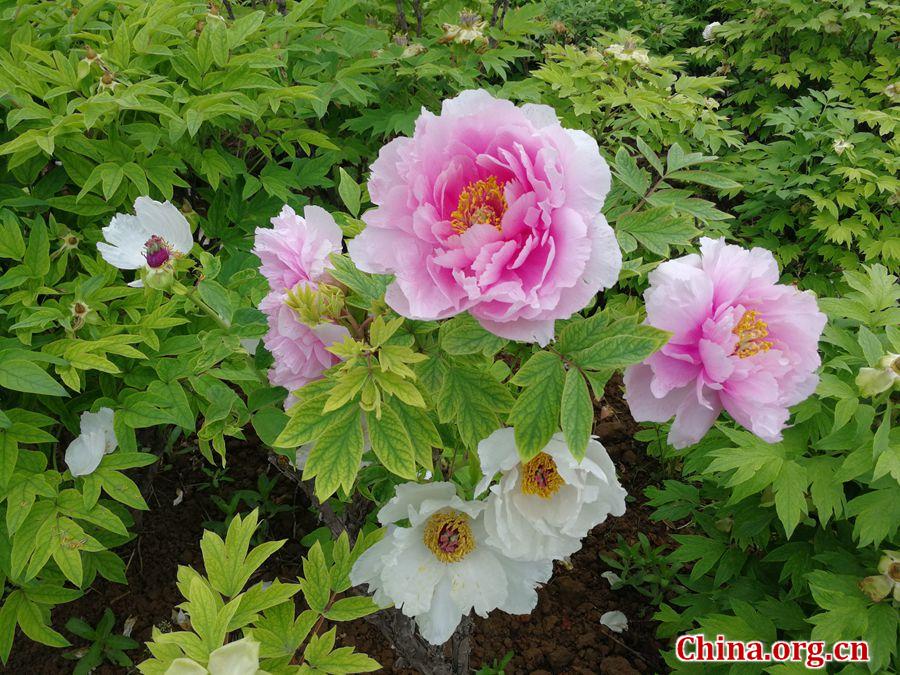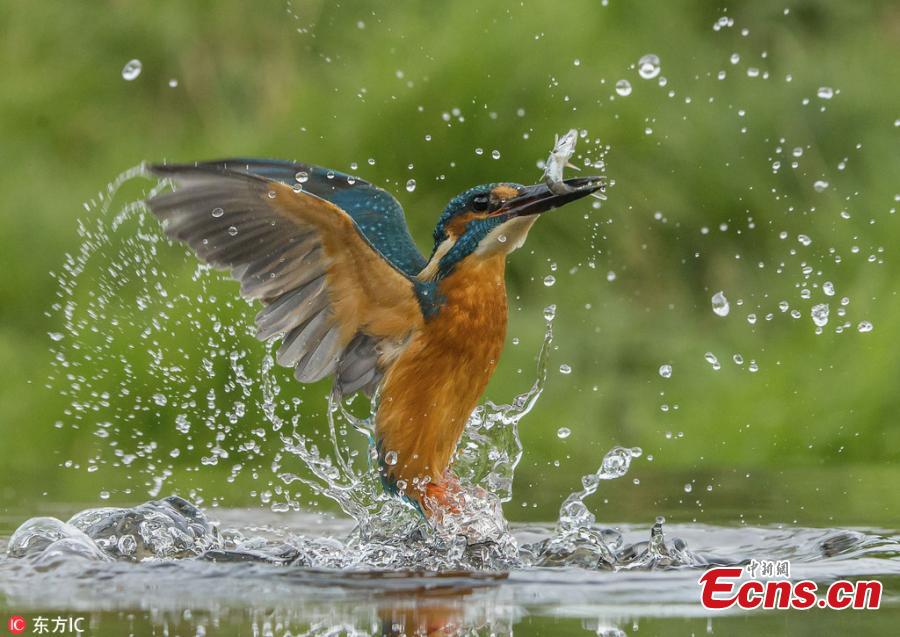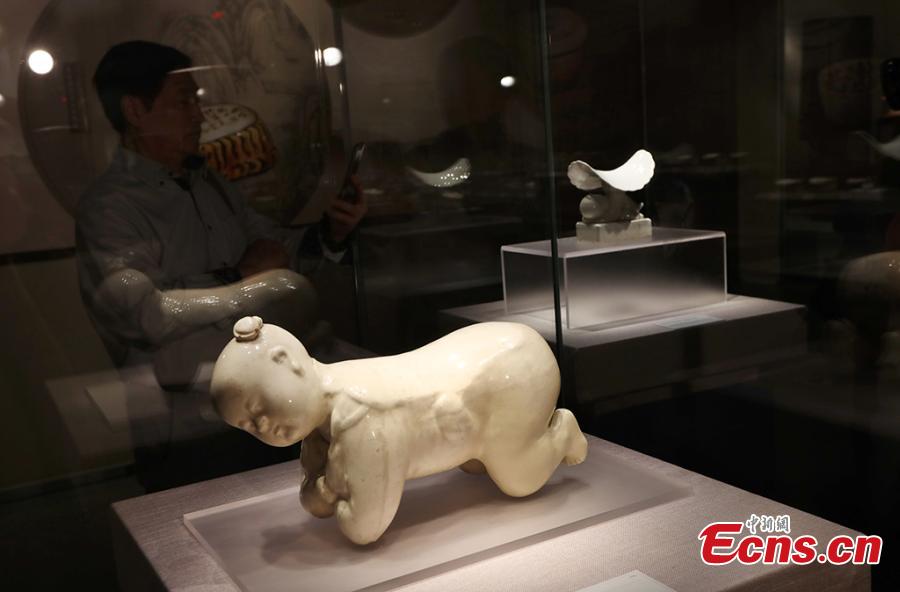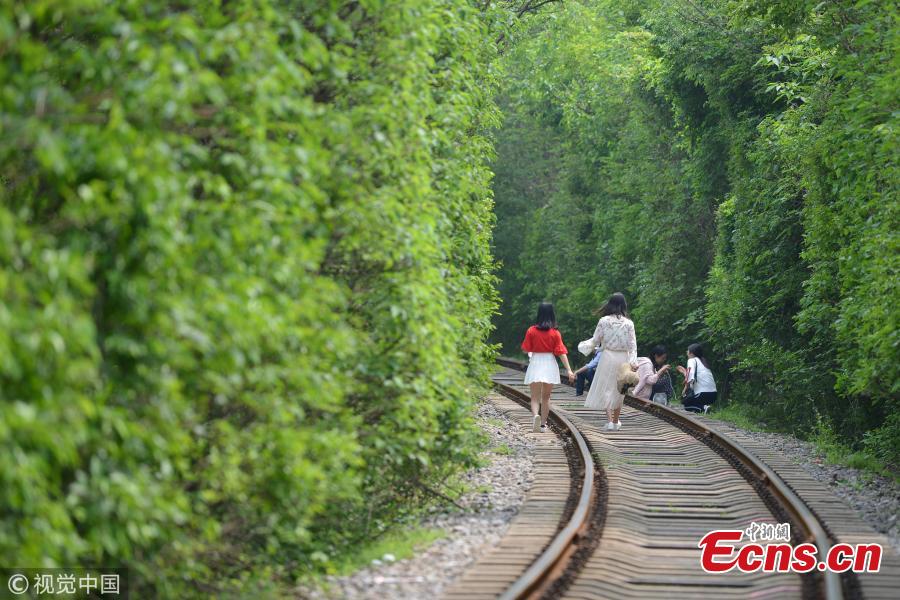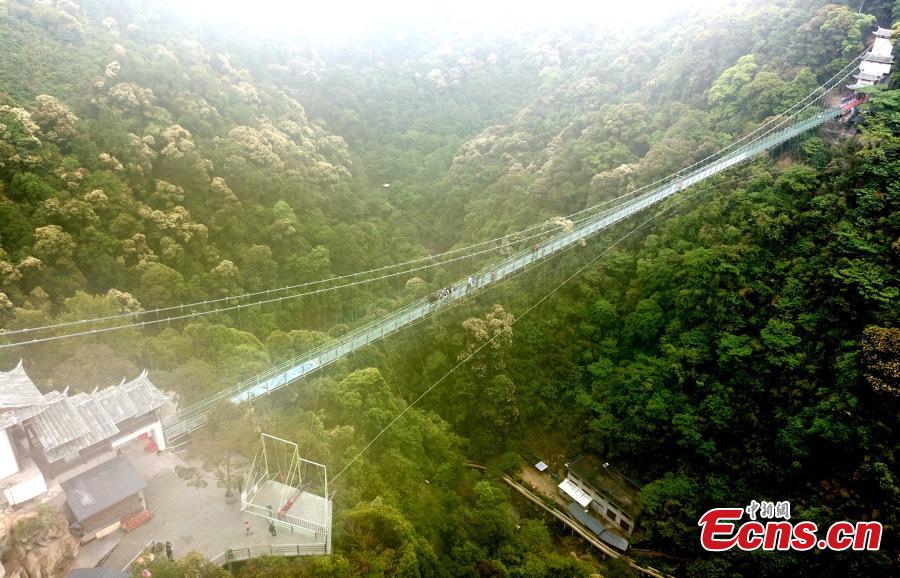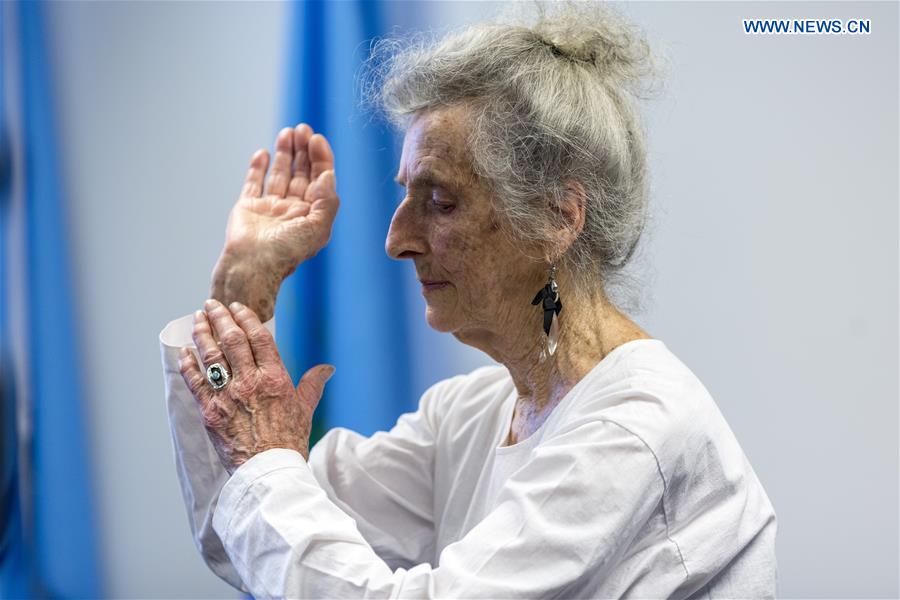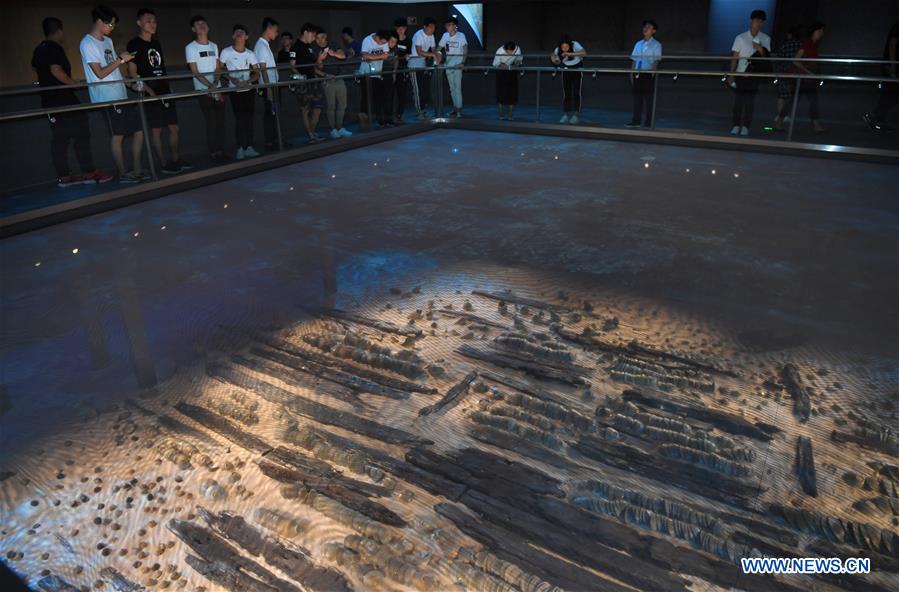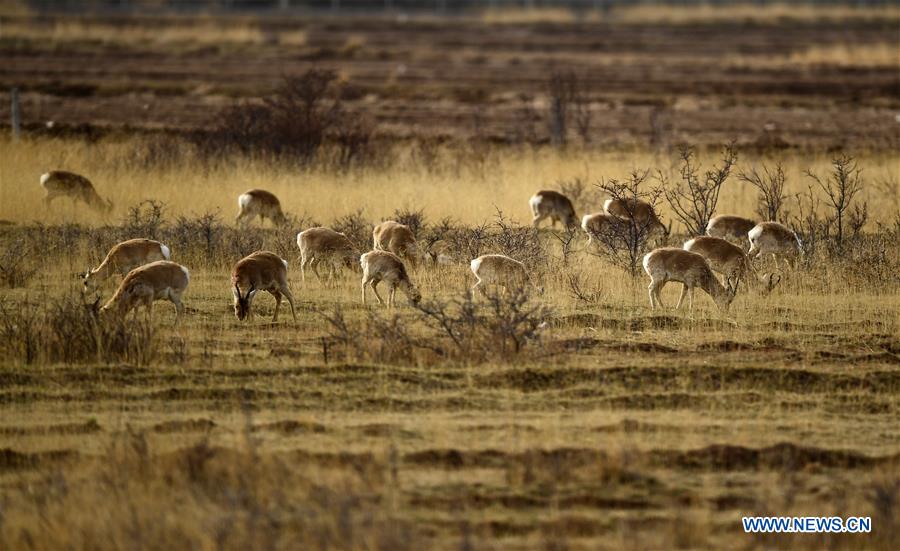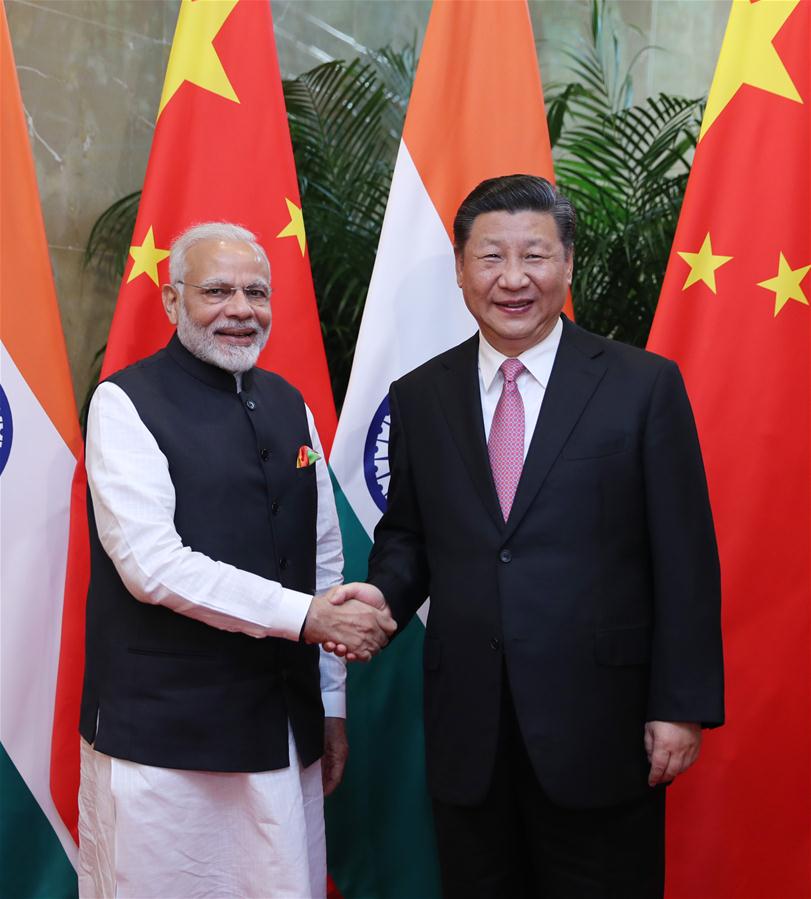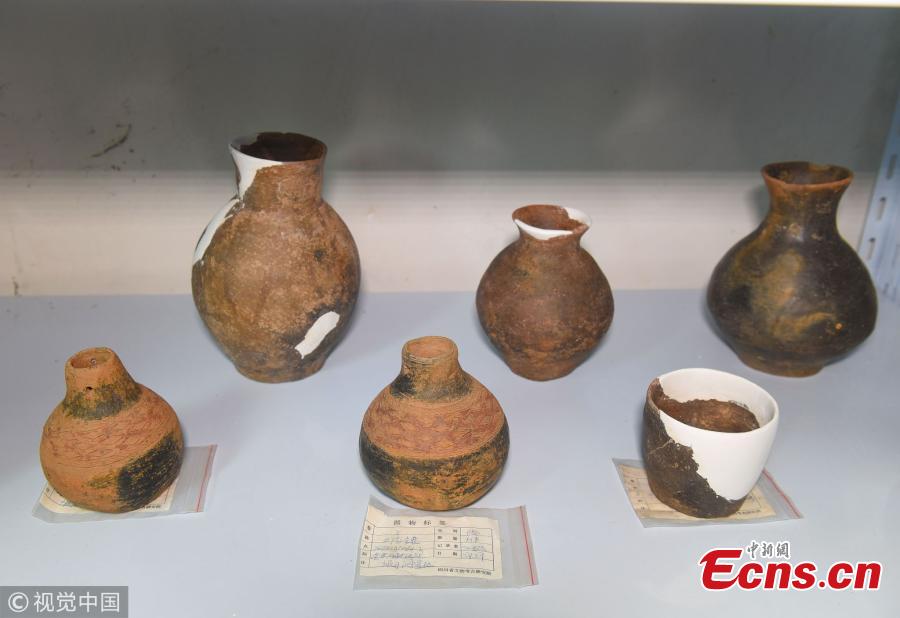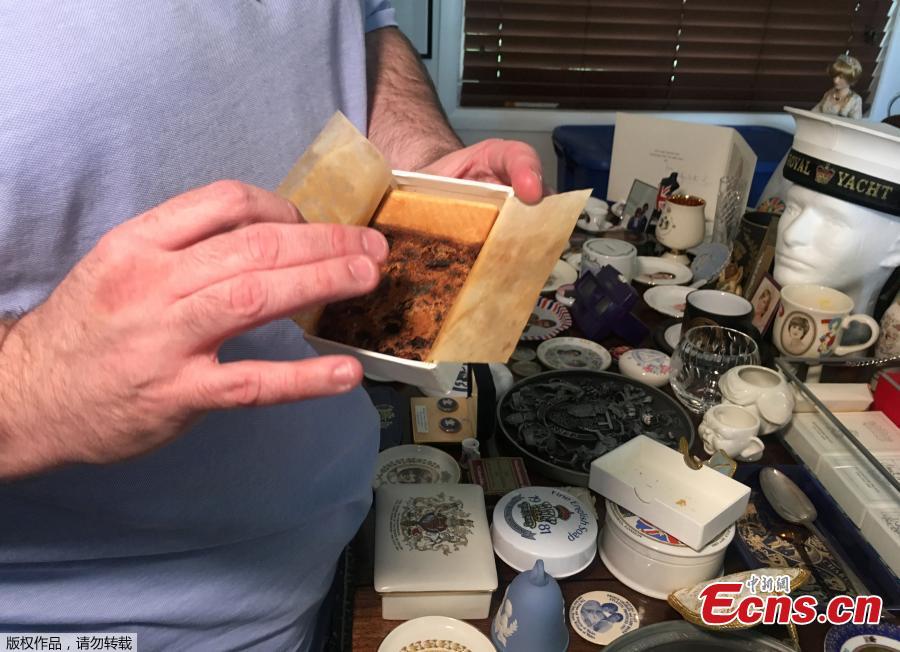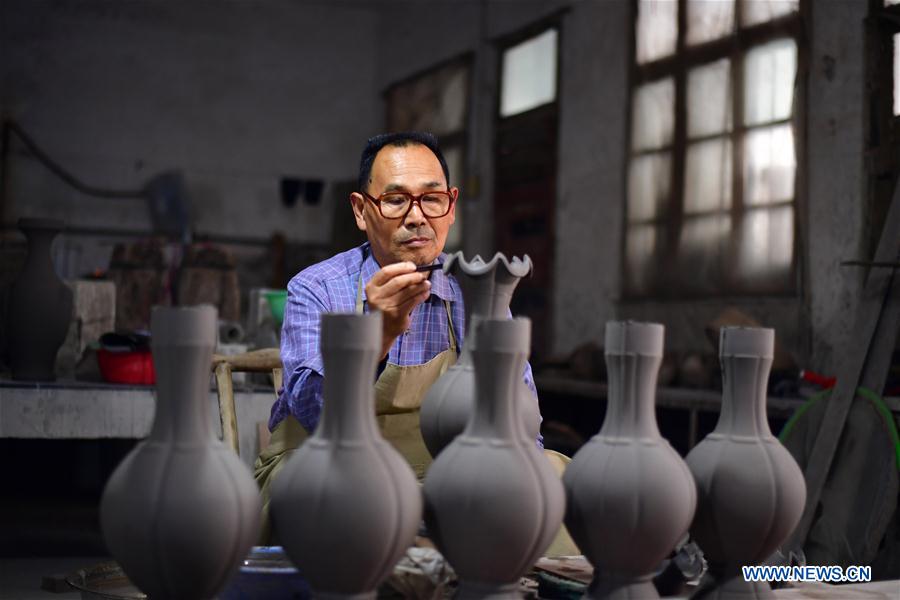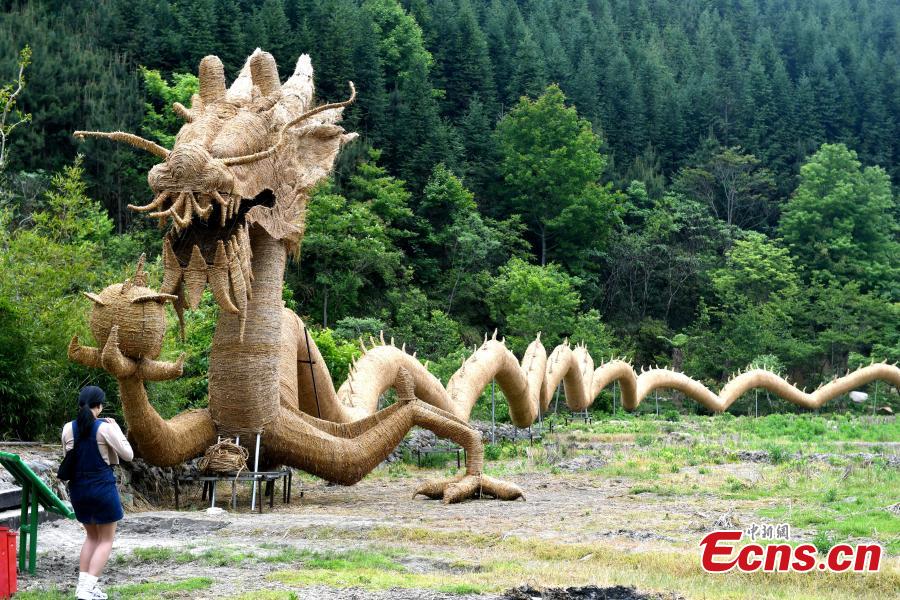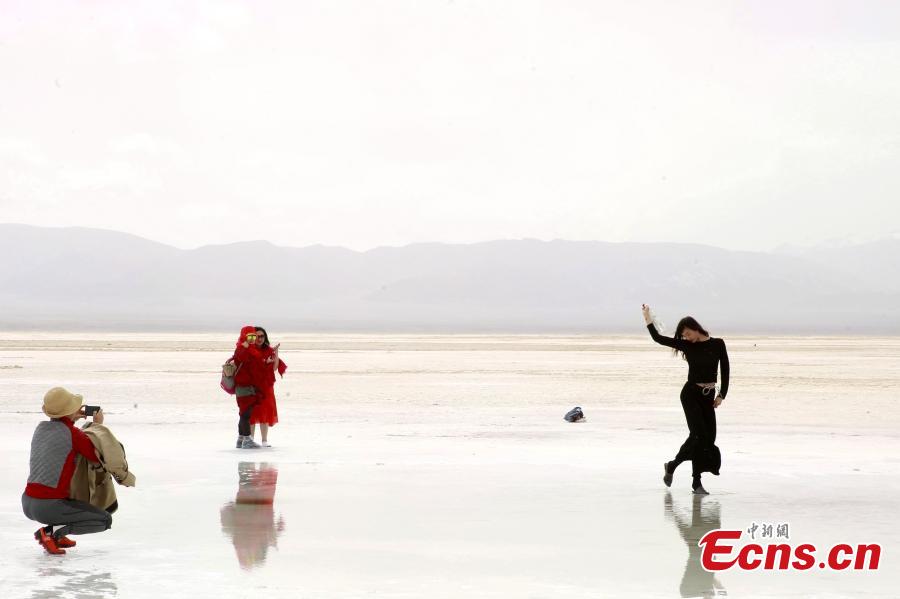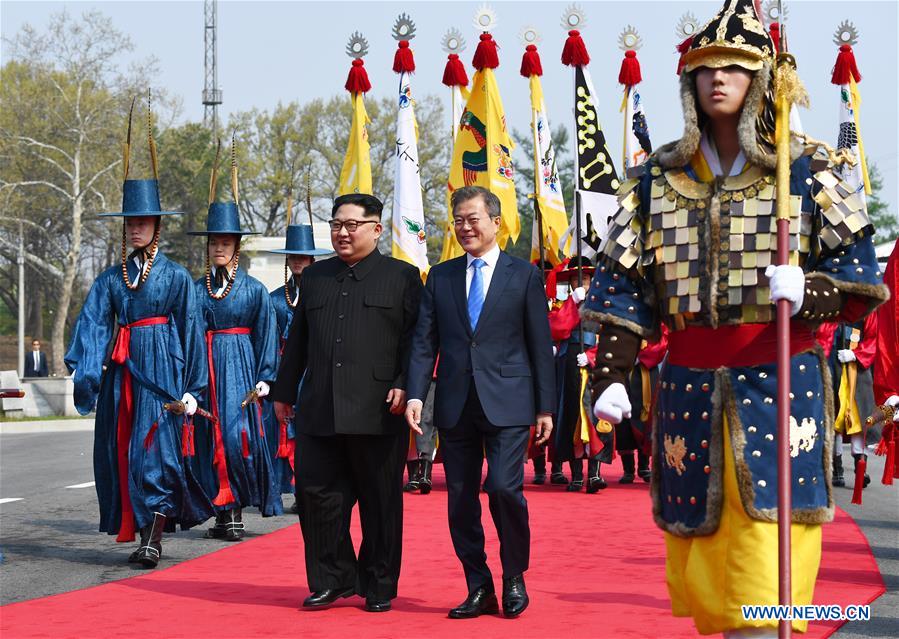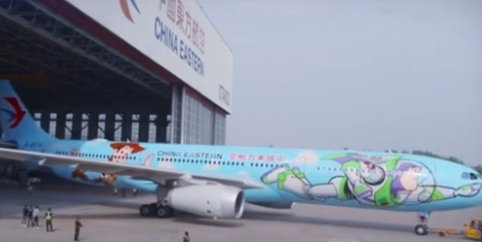A county in southwest China's Guizhou province is celebrating Sisters Festival, an ancient courtship festival of the ethnic Miao group.
The Miao Sisters Festival is held annually in Guizhou's Taijiang County, where 97 percent of the 168,000 residents are from the ethnic Miao group.
Recognized as a national intangible cultural heritage, the celebrations are said to reflect the lives of the Miao people during the transition from a matriarchal society to a patriarchal one.
The five-day festival usually falls in the middle of the third month in the lunar calendar. This year's celebration started on Saturday with a costume parade.
Tens of thousands of the ethnic Miao girls donning traditional embroidered attire and silver ornaments sang and danced as they paraded through town.
The silver ornaments, which can weigh up to 15 kilograms, clinked and clanged melodiously, accompanied by the sound of the lusheng reed pipe and a drum played by marching local musicians.
"The silver jewelry we wear, the embroidery and batik on our clothes, and the lusheng we play are all the cultural heritage of the Miao people," resident Tai Haiyan said.
Miao women also prepare "sisters' rice" for the occasion. According to folklore, the festival is celebrated in honor of a Miao couple separated by their parents and tribal leaders. They continued their romance despite the opposition and ultimately stayed together.
When the two met in secret, the girl would sneak glutinous rice, known as sisters' rice, in her basket and bring it to her lover. The rice is considered the traditional gift for single Miao women to give to young men.
Girls add a pair of chopsticks to the rice for their desired suitors, and show their refusal of others by adding pepper or garlic.
Tai, 30, considers the festival an event to relive and pass on Miao traditions. She attended her first costume parade in 1998, when the event gathered mostly local residents.
"I'm so proud to see that Miao celebrations are attracting a growing number of visitors from both home and abroad," she said.
Monita Roughsedge, an interior designer from Australia, said she came to the festival with her husband to see the traditional crafts and designs, which are all handmade.
"The minority costumes are amazing. That was the inspiration for coming here. Besides, this particular part of China's culture is completely unknown in Australia," she said.
Taijiang County has set up embroidery and batik courses for local students, and they have classes in both Mandarin Chinese and Miao languages.
"I think Sisters Festival is fun, and I get to put on pretty clothes," said seven-year-old Wan Yulin, who was attending the event with her elder sister.
The Wan sisters used to live in Shanghai, but their parents took them back to their hometown to be near their culture.
Bullfights, singing competitions and craftsmanship contests are among other activities to be held during the festival, according to the county government.
After watching the parades, Chinese author Feng Jicai, also chief member of China's National Expert Committee for the Intangible Cultural Heritage Protection Work, said he was most impressed to see two little children in their traditional clothes posing confidently for photos with visitors.
"They exude immense pride in wearing the costumes, and that is true continuation of traditions, in hearts and memories," he said.









